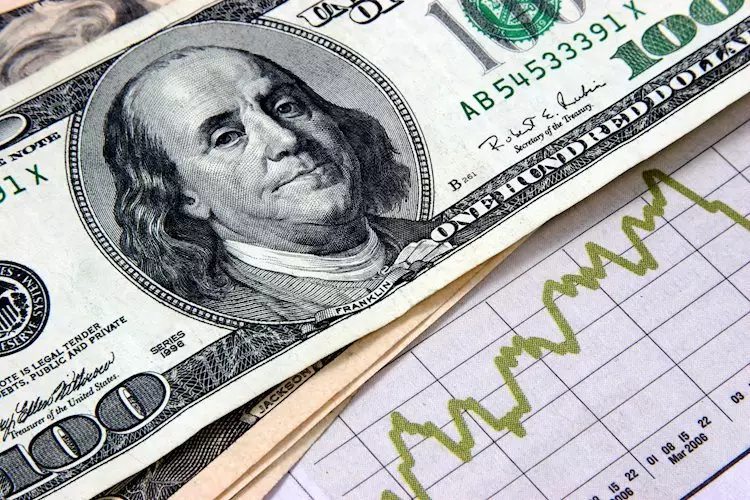The US Dollar experienced a significant correction following the release of the latest Consumer Price Index (CPI) data, indicating a resurgence of disinflationary trends in April. As a result, the US Dollar Index hovered near the 104.00 level, signaling a potential downside break. Federal Reserve Bank officials, including Chicago President Austan Goolsbee and Minneapolis President Neel Kashkari, cautioned against premature rate cuts, advocating for a longer period of high-interest rates to stabilize the economy.
The softening CPI data and warnings from Fed officials prompted market optimism, with the S&P 500 reaching record highs. A slew of economic indicators such as the Initial Jobless Claims, Philadelphia Fed Manufacturing Survey, and Industrial Production data will provide further insights into the state of the US economy. The recent positive industrial output reports from Japan and the Eurozone raise concerns about a potential decline in US production, which could lead to further weakness in the Greenback.
Key economic releases such as Building Permits, Housing Starts, Jobless Claims, Continuing Claims, and the Import/Export Price Index are expected to shed light on the overall health of the economy. Additionally, several Federal Reserve officials are scheduled to speak on various economic topics, offering their insights into the future path of monetary policies.
The Qatar World Economic Forum has set the stage for potential headlines from world leaders, influencing market sentiment throughout the week. While US and Asian equities outperformed, European markets experienced profit-taking, leading to a mixed outlook. The CME Fedwatch Tool indicates a high probability of no change in the Fed fund rate for June, but forecasts suggest a potential rate cut in September.
The benchmark 10-year US Treasury Note trading at the lowest levels in over a month signals investor caution. The US Dollar Index saw a breakdown of crucial support levels, raising concerns of further downside potential. Key levels to watch include the 55-week Simple Moving Average at 103.83, which could pave the way for a decline towards 100.00. Conversely, a rebound in the Dollar Index would require reclaiming key resistance levels at 104.68, 104.60, 105.12, and 105.52, indicating a possible recovery in the near term.
The US Dollar’s recent volatility stems from a combination of mixed economic data, cautious Fed commentary, and global market trends. Investors are advised to closely monitor upcoming economic indicators, Fed officials’ remarks, and technical levels on the Dollar Index to navigate the uncertain currency landscape effectively.


Leave a Reply